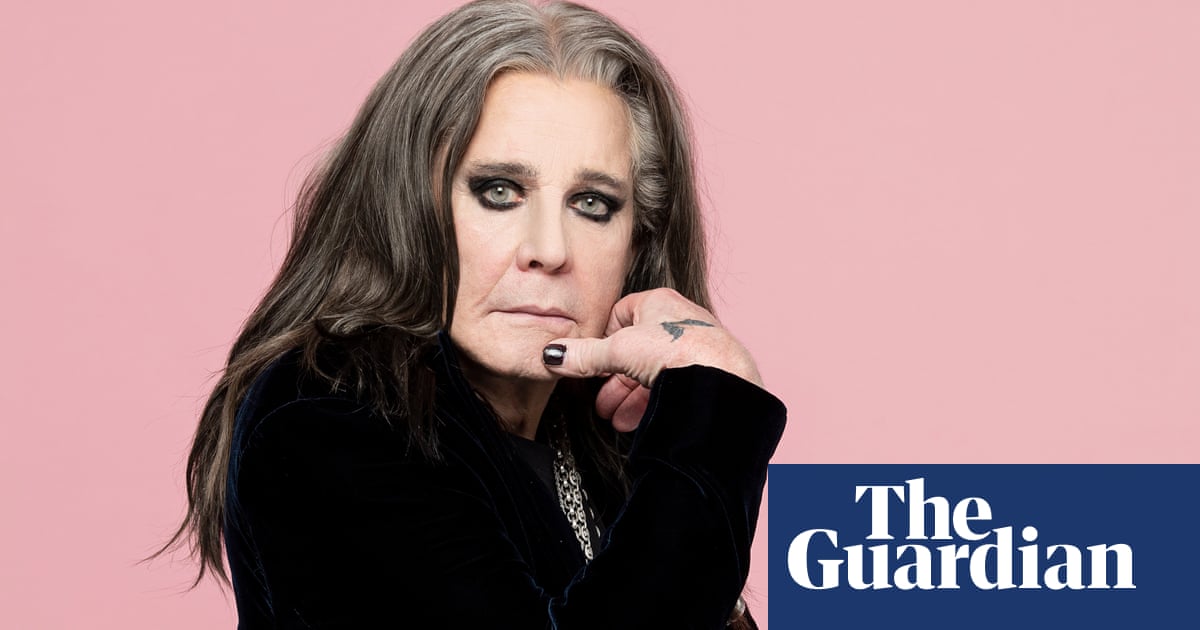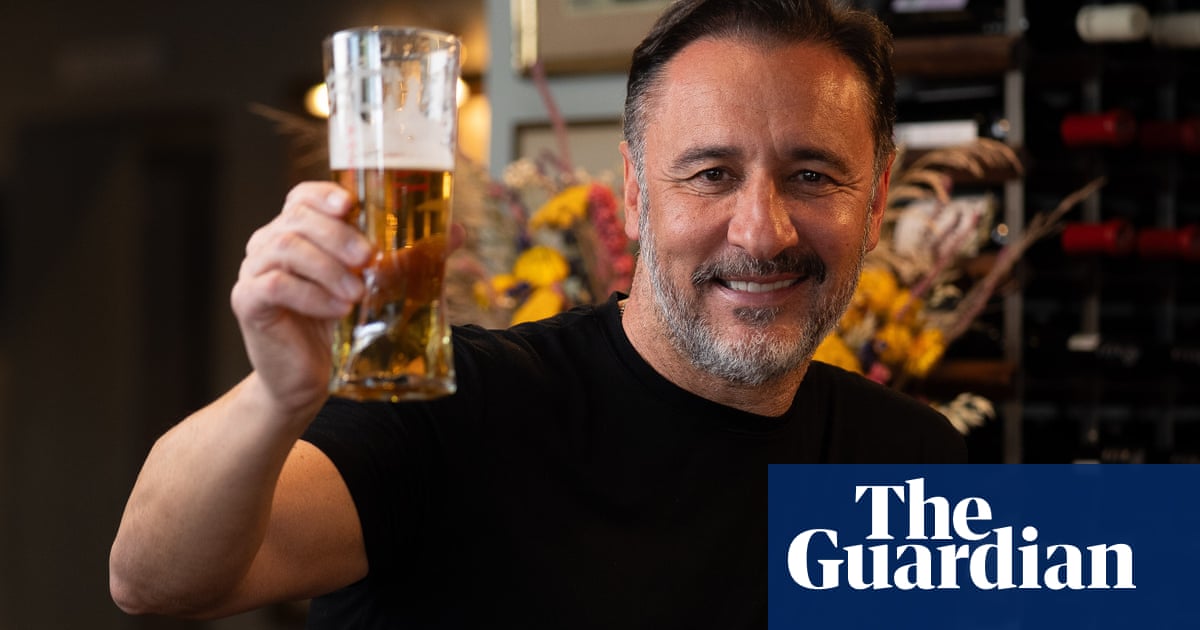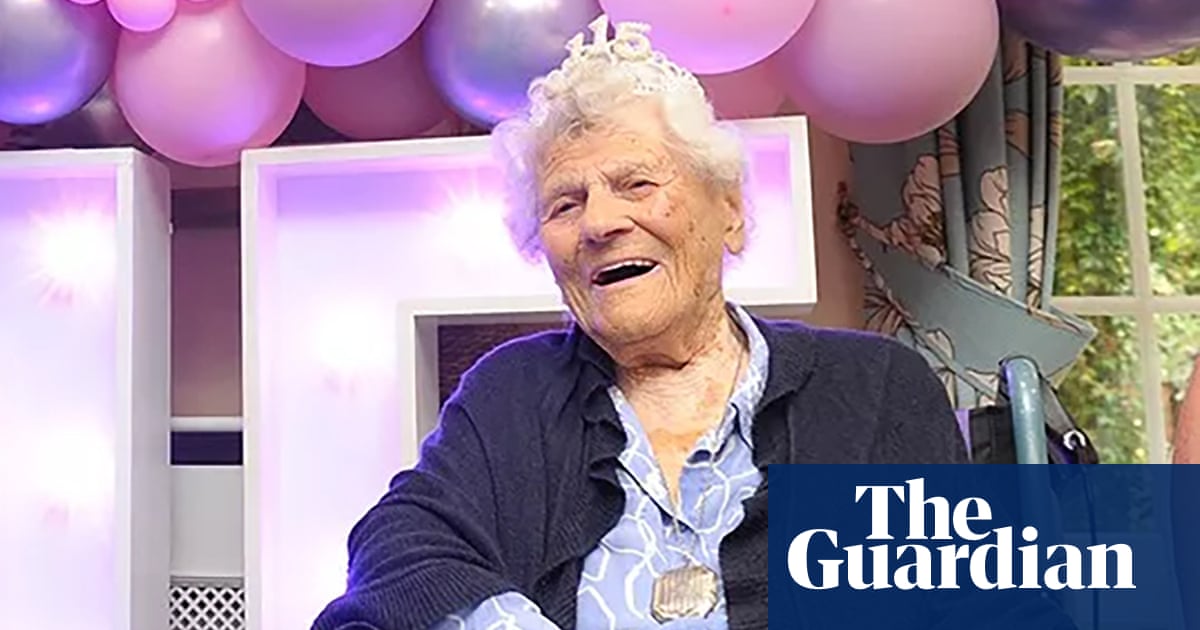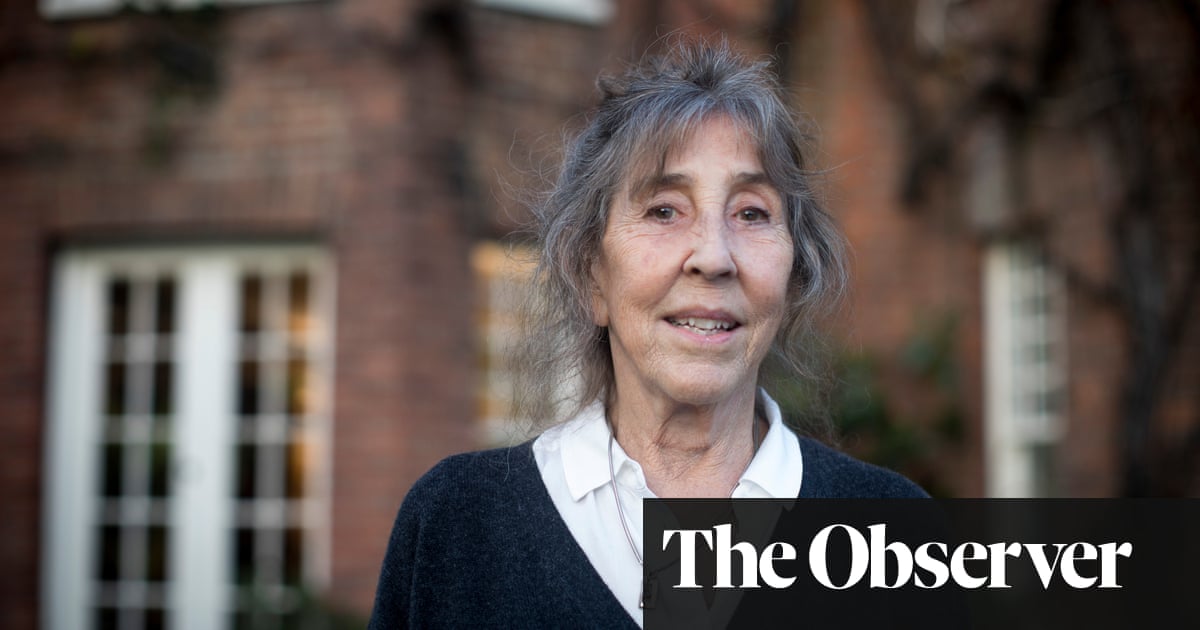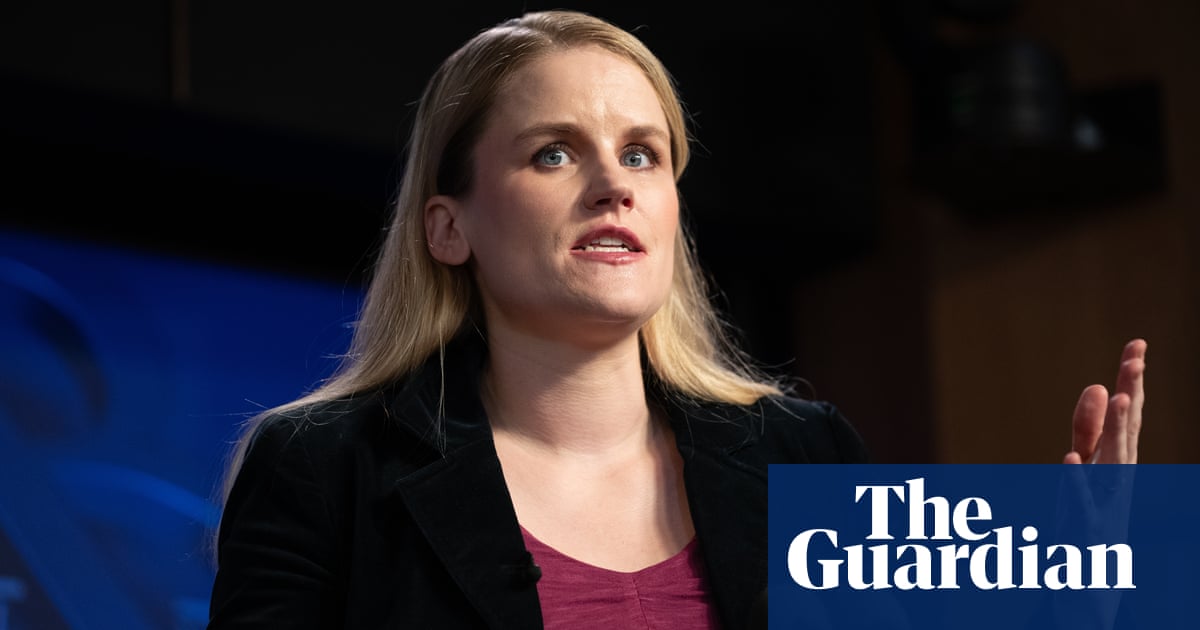
The last time I visited my father, I walked into his $11,000-a-month room in a posh assisted living residence and found him curled up on the floor. My sister Amy and I knelt down, touched him, and asked if he was okay.
“I don’t know,” mumbled Dad, 96, a retired physician and lifelong outdoorsman. “I fell about 20 minutes ago and no one has come.”
I went for help. Out in the common area, there were no caregiving staff anywhere. I found an administrator and the nurse, who came and briskly hoisted him into his easy chair, where he’d spent most of his time staring out the window at a slice of the mountains. Then they left.
I hugged Dad and noticed he was bleeding profusely from a skin tear on his arm. The nurse hadn’t so much as given him a quick once-over. He sat there dazed, his face stubbled, wearing the same stained and rumpled shirt he’d had on for most of the week, even though until his recent move to the facility he had always been impeccably groomed. He had already fallen several times while at the facility, often while trying to make it to the toilet when no one came to help him, or sliding out of bed. Sometimes, he hit his head.
His cognitive and physical decline in just two months had been dramatic. Though he’d been living on his own in a senior community, recent falls and dementia had made it unsafe for him to continue to live alone. My two sisters and I attributed some of his rapid downturn to the falls, and some, perhaps, to the sleep medications the staff been doling out at 6pm, presumably so they didn’t have to deal with him during his often-confused “sundown syndrome” hours in the evening.
This indifferent care belied the promises of the establishment’s website, which portrayed a warm and engaging environment where caregivers chatted with residents and offered companionship and comfort: “Your care team is always on hand to help – as little or as much as you need.”
Instead, Cindy had to visit for hours every day to help Dad, trying to prod administrators and overworked staff to give him more of the promised care for which we were paying dearly, but without making so much fuss that they’d evict him. She was stressed, and we were all heartbroken that aside from family visits, Dad was spending his last days lonely, helpless and bored, at the mercy of a company that seemed to be doing more warehousing than care.
After a lifetime of helping others as a ship’s doctor in the navy, a pediatrician, a physician on Native American reservations and a volunteer for numerous organizations, he deserved better.

Perhaps we shouldn’t have been surprised. Our late mother had spent her career advocating for the rights of nursing home and assisted living residents as the long-term care ombudsman for the state of Colorado. She knew everything about the industry – the good, the ugly – and had tried to set up my parents’ end-of-life plan to be the best possible for their quality of life.
After she learned she had Parkinson’s disease, she convinced Dad to sell their home of 40 years to buy into a continuing care retirement community with landscaped gardens, sweeping mountain views, several dining rooms, and a wide array of activities. They had an independent apartment, but Mom knew she might eventually need to move to assisted living while Dad stayed “home” nearby. Instead, she died suddenly of an enormous stroke – mercifully, it now seems – and left Dad living alone in his independent living apartment for the next 13 years.
Dad developed memory difficulties in his 90s – “Perfectly normal for my age,” he’d chuckle – and would occasionally fall, though he still exercised every day. Fiercely independent, he resisted hiring a health aide. At 96, a serious fall landed him in the hospital, and then a Medicare-reimbursed rehabilitation unit. After two weeks, the staff pronounced him ready to leave, but said he would require full-time skilled nursing to stay in his apartment, at over $1,000 a day. Frugal, and comfortably well-off but not wealthy, Dad balked. We asked the continuing care community to move him to the assisted living section on the premises, as the contract promised. But there was no room at the inn, and a long waiting list. That hadn’t been part of my parents’ plan.

We had only a few days to find him somewhere to go. As the introduction to Nursing Homes: Getting Good Care There, which my mom co-authored, put it: “Virtually every decision to select a nursing home, personally or by the family, is crisis-driven.” The same can be said of assisted living. Neither my sisters nor I could manage having Dad at home – Cindy was already taking care of a husband with cancer, Amy works full-time, and I live in an apartment 1,000 miles away; but mostly, Dad’s medical needs also precluded having him at home.
Currently, about 65% of US elders are cared for by their families at home. For 13% of those who aren’t living with family, the gap is partially filled by assisted living establishments.
For decades, small, private “board-and-care” homes have existed, run by communities and religious groups, and designed for elders who can no longer live independently or with family but don’t require the round-the-clock medical care of a nursing home. Typically they have autonomous rooms, shared dining, and caretakers on hand.
“The values of assisted living tapped into what older people and everybody wants: independence, joy, privacy and dignity,” said Paula Carder, director of the Institute on Aging at Portland State University. But by the 1980s and 1990s, many of those mom-and-pop places were sold to corporations that ran chains of these homes, and often those core values changed. “Some folks got into it with good intentions, and some got into it thinking they were going to make a lot of money,” Carder said. By 2022 the industry was valued at $91.8bn in the US, growing, with the ageing population, at about 5% a year.
Nursing homes, assisted living and memory care (special units for people with dementia) are interchangeable in many people’s minds. But there are big differences. Nursing homes, funded by Medicare and Medicaid, are federally regulated. Assisted living and memory care are state-regulated, and mostly paid for out of pocket; some states have subsidies for certain conditions, so about 20% of all assisted living costs are paid for by Medicaid. The median cost of care in the US is $5,900 a month, but ancillary services provided on top of that base rate, including extra skilled nursing care, and bring that cost up to $20,000 a month.
Given the hefty fees, most residents are middle to upper-middle class; there are few decent options for people who can’t sell their homes or don’t have savings, or whose resources run out before they die (outside a few residences around the country run by non-profit and religious groups around the country). Almost 20% of people in these communities receive some Medicaid for services, but not for room and board.

Cindy began checking out several communities and nursing homes near her home, an hour away, where she and Dad’s grandchildren and great-grandchildren could visit. The nursing homes were grim, with an institutional feel, shared rooms and a bathroom down the hall. We wanted a place with a private room and a view of the mountains he’d spent a lifetime exploring, a place where he’d feel content.
“A lot of people tell me they’d rather die than go into a nursing home,” said Richard Mollot, executive director of the Long Term Care Community Coalition. “Assisted living on its face provides a tremendously attractive alternative – the promise of a homelike environment that is not institutional, where you’ll be safe, monitored, and get the services you need now and as you get older,” he said. “Unfortunately, too often those promises are broken.”
That’s due to a lot of factors that we didn’t understand when we were seeking a place for Dad: staffing shortages, the increased medical and psychological needs of residents, sparse and varied regulations, and, often, corporate environments that prioritize profits over resident care and quality of life.
Assisted living and memory care communities are covered by a range of 350 licensing regulations that vary widely from state to state – but with little oversight or enforcement of what few regulations exist. Most regulations don’t require minimum staffing ratios, or are worded as “sufficient” to meet residents’ needs. While this standard is vague, some advocates say that being more prescriptive would be problematic given staffing availability, costs and residents’ needs. Caregivers are typically required to have only a few hours’ training; only about half of communities employ a nurse, usually voluntarily. State and regional long-term care ombudsmen have the right to enter and investigate and informally mediate complaints at these residences, but they have no ability to enforce regulations, other than making a complaint to the state licensing agency.
In 2001, my mother resigned after 21 years as the director of the Colorado long-term care ombudsman program, which she grew from her sole position to 40 paid and 100 volunteer staff. She had faced political fallout when the corporate owners of several assisted living homes – big donors to the then governor – refused to allow her staff entrance to their facilities to respond to complaints because they were private-pay, even though state regulations guaranteed the ombudsman that access. Then the state’s department of human services made moves to muzzle the ombudsman from talking to the press or lobbying. Twenty years later, with the growth and increased corporatization of the industry, these lobbies only wield more political influence.
Today, state regulations are even less aligned with residents’ changing needs, which are becoming more acute as more people live longer. More than half, like Dad, are over 85, about 40% have some sort of dementia, and many have complex medical conditions that require advanced care. “The people who live in assisted living now are people who would have been in nursing homes 20 years ago,” said Sheryl Zimmerman, the executive director of the Center for Excellence in Assisted Living and a professor at the University of North Carolina at Chapel Hill. Of the 1.3 million people in the US who live in long-term care facilities – now more than half are in one of 30,000 assisted living communities.
In many cases, assisted living facilities neither assist their residents as much as they need, or help them live full lives, she said. “There’s a lot of room to reimagine assisted living and do things differently.”
When we searched for somewhere for Dad, it was hard to find reliable information. A Place for Mom, one of the biggest websites for evaluating senior communities, is hardly unbiased: it says its service “is provided at no cost to families because it is paid for by the senior living communities and home care providers in its network”. We didn’t think we could rely on a pay-to-play website to find a reliable home for Dad.
We ended up signing up at Sunrise Senior Living, which we didn’t realize was one of the largest corporate-owned chains, with more than 240 communities in the US and Canada. The place was good on paper: it was fresh, breezy and well-appointed, with a private room with a view. We ignored the sign outside that said: “Help wanted, will train,” a red flag for staffing issues. In fact, no one told us about staffing ratios, how frequently they’d check on him, how often he’d get a shower, or whether they’d cut his ragged toenails – and we were in such a panic to find a place that we didn’t think to ask. We just felt lucky we’d found Dad a place that seemed nice, near his family.
It’s the chandelier syndrome. “People are sold on the physical property,” said Tony Chicotel, an attorney at California Advocates for Nursing Home Reform. “A lot of these corporations are making beautiful buildings with scenic views, fountains, and a shuttle bus out front, but when it comes to helping people get off the toilet, the mundane tasks that should be routine and have a lot to do with dignity and the quality of your life, they’re not there to do those things.”
Instead, he said, it may be the six-bed family-run places that might not look as glamorous on the outside, but where the people doing the work are less resentful because they actually keep the profit, where residents get better care – though there’s no guarantee.
Before Dad moved, he and I met with the executive director and nurse of the assisted living community in his rehab facility for an assessment. They asked him questions about his life with real interest, which was comforting. I told them Dad needed about the level of care he was experiencing in rehab: people checking frequently, waiting patiently when he needed help with the toilet (“that’s what we’re here for, Doc!”), taking him to physical therapy, playing memory games, stopping by with a cheerful hello and a glass of juice. They nodded assurances. They didn’t question whether Dad’s needs were more than they could provide, or suggest he should go to a nursing home.
The price for a room was about $6,500 a month. That was expensive, but far less than $1,000 a day that it would have cost for a home care aide to keep him in his apartment in the continuing care community. But we didn’t know there would be a lot of extra costs: a “Plus Plus” care plan for $113 a day, daily fees for giving medications ($23) and incontinence care ($8, not including adult diapers). Sunrise didn’t specify what it provided for the extra “Plus Plus” charge, and we assumed it meant caretakers spending more time with him and checking on him. But the small print on Sunrise’s website says that increased charges triggered by assessments don’t necessarily change the amount of care residents receive: “Sunrise does not guarantee that it will adjust staffing levels whenever a new resident is admitted or an existing resident has needs that change,” it reads. “Sunrise does not guarantee that any resident will receive a specific number of minutes or amount of care on any given day or time period.”
It totaled out to about $11,000 a month, nearly double what we’d expected.
“With a for-profit company and private pay, the slightest thing they do for residents, they’re going to charge extra money,” said Charlene Harrington, a professor emeritus at the University of California, San Francisco School of Nursing who studies long-term care facilities. “They jack up prices over and over again, and there’s nothing the residents or families can do about it. Once the person is in there, it’s very hard to move them again.”

Chicotel, the elder care attorney, frequently hears complaints from assisted living residents that they not only get charged for extras – residents at one facility, for example, reported being charged extra for having their food cut up, for getting more than one shower a week, even a fee for not buying medications through the facility’s often more expensive pharmacy – but they’re frequently reassessed for a higher level of care and charged even more. “Then nothing changes. They still don’t respond to the call lights,” said Chicotel. “And when the resident needs help, they feel belittled. They’re not leading with love.”
Indeed, once when my father didn’t use his call button when he fell, my sister asked why. “They chided me for doing it,” he said. “I felt like it was an intrusion.”
After two frustrating months, we considered moving Dad again, but we weren’t sure he’d survive the disruption. Instead, we began looking to hire someone to assist Dad in assisted living, which seemed absurd.
When my sister brought her concerns to the executive director, she first told her they’d been having troubles with the call light system. Later, she admitted they had staffing shortages. This is a problem at almost all assisted living facilities; one 2022 survey showed that two-thirds of administrators reported moderate or high staffing shortages, and 90% of them found it difficult to hire new staff.
It’s a hard and thankless job, caring for old people who may be incontinent, fall down, have dementia that may make them aggressive, and suffer many other physical and emotional needs – a job that few people with other options want.
The typical worker makes about $15 an hour, is on duty 36 hours a week and works for a for-profit company, testified Jennifer Craft Morgan, director of the Gerontology Institute at Georgia State University, at a hearing on assisted living facilities before the US Senate’s special committee on ageing last January. Most are women, people of color and immigrants (staff shortages will probably increase further if Donald Trump has his way with mass deportations).
Workers in long-term care facilities, Morgan said, “experience low wages, few benefits, heavy workloads, dangerous jobs, and little to no career mobility”. Many of them, she said, go into the line of work because they value elders or feel it’s a calling for them. “Unfortunately, the system we’ve set up works against them.”
Carder said that hiring and retaining staff was the biggest challenge in the field. “I’ve interviewed a lot of direct care workers, and they feel a certain amount of stigma and shame,” she said. “Even though they might love it, they also feel a conflict about not being paid well, and doing work that others might think of as demeaning, showering people and changing their diapers.” She said these jobs needed to be normalized, professionalized and better paid.
Instead, workers are often so overloaded and harried that they have no choice but to provide poor care. Caretakers at Atria Park in San Mateo, California, part of an assisted living chain, were so inattentive that one put corrosive cleaning fluid in a pitcher usually used for serving juice, and another unwittingly served it to residents; two of them died.
The low wages also can cause resentment and pilfering; Dad’s wallet was cleaned out; aides rarely cleaned his bathroom messes or emptied the trash. Worst, one night aide told Dad and other residents that their “time was up” and they were near their “expiration date”, which put Dad in a panic that he’d have to suffer the stress of moving again. He didn’t realize her intended message was even more cruel.

Given the staffing shortages, and the need for vigilance over their loved ones, families often have to fill in the gaps in caregiving. Many have to cut down their hours at work or leave their jobs entirely, and their finances take a hit.
My sister Cindy is retired, so caretaking was less of a financial hit than an emotional one. “I was shocked at the amount of assistance I had to give, but it was the only option to provide the kind of care that would even approach what we wanted. Even at that, it fell way short.” Cindy says she constantly felt guilty that she couldn’t do enough. She would take care of her seriously ill husband at home, then go visit Dad when her husband was asleep, then return to do more caretaking at home. She rarely had a moment to herself. “It was traumatic.”
The obvious question anyone who has a family member in assisted living might ask is: if we’re spending $11,000 a month, why can’t they hire more staff and pay more than minimum wage?
“It all comes down to money,” said Chicotel. Like nursing homes, most assisted living communities – 56% – are chain-affiliated ventures. “Whether the ownership is a closely held corporation, a publicly traded corporation, real estate investment trust, or private equity, they’re all run by people with business degrees and not by people who are actually professional caregivers.”
Michael Fenne, of the non-profit Private Equity Stakeholder Project, said that for assisted living residents, ownership models which often promise aggressive returns to investors usually mean increased rents for residents, reduced care staffing, and lack of necessary facility improvements. As Fenne wrote in an article: “These measures are incompatible with a senior living model that prioritizes care and support for older adults.”
Harrington, who has published studies diagramming the details of nursing home ownership, said companies that own nursing homes often own assisted living communities, too, and likewise have “incredibly complex corporate structures”. They often separate the business into several companies to maximize profits and limit liability. For instance, a real estate company will own the actual property, and then charge the management company – which they also own and pay excessive fees to – huge rents. They may have a separate staffing agency that will take its cut, too.
A common practice in the industry is to have administrators on a bonus system, which motivates them to keep costs down, including staffing costs, said Harrington. Nursing homes have an incentive to hide their profits since they are under federal scrutiny; nearly 75% of nursing homes funnel billions of tax-dollar funds through these “related party transactions” that would otherwise go to staffing and care. One study calculated that if hidden profits were spent on additional registered nurses in nursing homes, in 2019 the mean staffing ratio would have risen nearly 30%, providing residents with far better care.
Since assisted living communities are nearly unregulated, and not federally funded, those corporations have even less accountability for their prices or profits than nursing homes. “It’s like a blueprint for how to make money,” said Harrington. “The effect on care is shocking. There’s no money for food, staffing, or overtime when people call in sick,” she says. “Patients get pressure ulcers and lose weight, they may get a shower once a month, they’re over-drugged to keep them quiet, and they fall frequently because there’s nobody to help them.” Funds for activities are cut – no more hiring someone to come in for sing-alongs or trips to the outside world. Harrington said the few homes she had seen that had adequate staffing were almost always non-profits – though those vary widely, too.

Administrators have little leeway for improving care. One former administrator, who wished to remain anonymous because, he said, “I’m still in the industry,” spent 25 years in that role before he left to become an advocate. A last straw for him was when the corporation purchased broccoli stalks to feed the residents, not the crowns. “If you try to buy broccoli heads, the corporate people will know about it. It’ll raise red flags.”
So what do you do if you want to be comfortable in your old age, eat fresh vegetables and engage with people, instead of spending your days parked in front of a TV, waiting to use the toilet or have your diaper changed?
There are some residences that are fine places to live, though they’re often hard to find. Claire Mills, an ultrasound technician, put her mother into four assisted living facilities in the San Francisco Bay Area before she found one she thought was “wonderful”. She moved her mother from the first because she would often find her in dirty diapers with dark urine – an indication of dehydration – and from the second when she came in after hours to discover the residents with dementia were circled around a TV watching a horror film. She finally found a small board-and-care home that was half the price and gave much better care. “I would come in and find a staff member just sitting with Mom, holding her hand,” she says.
That home was one owned by Cristina Flores, a nurse with a PhD who has since closed her properties after 30 years and a major back injury. She now works as an advocate for elders and expert witness for the industry. “Long-term care is about creating relationships with residents and families, and really understanding what the person needs, what they do and don’t want in their lives,” she said. “You don’t need a whole bunch of degrees or credentials, but you have to have a heart to do your job.”
She paid her staff a little more than the competition, yet, without a corporate owner, was able to maintain a high staffing ratio and lower costs than other facilities.
There are a lot of organizations and people working on reforming assisted living, such as the Consumer Voice, CEAL and the Long Term Care Community Coalition, among others. “There’s a lot of creativity out there, with advocates, state agencies, and senior housing organizations,” says Carder. Most advocates are demanding increased regulations, enforcement mechanisms, increased financial transparency and legislation that mandates a reasonable percentage of money goes to direct care. They also want residents and their families to be able to make complaints without fear of reprisal.
One way to pressure assisted living homes is to sue. Kathryn Stebner, of Stebner, Gertler & Guadagni, a San Francisco-based elder abuse law firm, has resolved class action suits for for “misrepresentations and omissions” against three assisted living corporations in California, including Sunrise. The suits focused on the deception between what was promised in residency agreements and what was received. The actual difference in the amount of care promised versus delivered was analyzed for a sampling of facilities, and was often less. “It’s basically false advertising,” Stebner said.
As a result, residents don’t receive the care they’re paying for – like my father’s “Plus Plus” plan, which didn’t increase the number of times anyone checked on him. “It’s also financial elder abuse to take their money and not provide what they say they will,” said Stebner.
In a statement, Sunrise said: “Both parties decided to settle the case without any admission of wrongdoing or liability by Sunrise.” It added: “Our goal has always been and continues to be focused on the wellbeing of our residents and the thousands of compassionate care providers at our over 240 communities.”
Though those cases settle for some money for the class action plaintiffs, Stebner said the real purpose was getting an injunction from the court to improve conditions. In the Sunrise case, the court required Sunrise to make it clear in public-facing disclosures, such as its residency agreement and website, that Sunrise does not guarantee that any resident will receive a specific number of minutes, or amount of care, in any given time period, and to provide data on the response time to call light buttons.“We’re trying to change the system,” said Stebner.
Residents and their families can also make an impact. Betsy Zampa, a former church administrator who quit working when her mother’s Alzheimer’s became too severe, said that in just over a year that her mother has been at the Village at Rancho Solano in Fairfield, California, owned by Pegasus, she’d had a lot of problems with the administration.
When her mother began to have problems – there was mold in her shower, and for months no one ever responded to her pull-cord for help (it was later determined that her pull-cord to call for assistance did not work) – and administrators didn’t respond, Zampa went over their heads. She filed complaints with the state licensing agency, which came in, substantiated the problem, and cited the facility for posing an “immediate risk to the health and safety of residents in care”; to date, she has filed at least five complaints.
She also began a family council. “You think you’re alone, but the more I talked to people, the more I realized everyone has the same issues,” she says. Although the facility had a monthly support group already, Zampa felt they couldn’t speak freely because a staff member was always there. When she tasked the administrator to form a group without staff oversight, the staffer pushed back until Zampa showed her a regulation that said the residents had a right to meet without staff.
I attended their most recent meeting, to which about 25 people showed up, including several disgruntled residents. At previous meetings, they’d hosted the ombudsman, a lawyer to tell them about their rights, and higher-ups from the corporation. This evening, they were prioritizing their complaints on a big sheet of butcher paper. One person after another raised their hand. There were long waits in the dining room, and the food – “starches, starches, starches”, a resident complained – arrived cold. Call buttons weren’t answered in a timely manner. Mostly, the residents were angry about being charged for higher levels of care, and nothing changed.
“It’s a bait and switch,” said Roxanne Crosby, whose husband’s care level was reassessed four times in 10 days, increasing extra charges from $350 to $2,200 a month. “Then they told me he needed $1,000 a day for private care on top of that.” She has since moved him to another home – one with six patients and three caretakers, “sweet people”, she says – but is angry enough to help lead the group.
Morgan Whinery, executive director of the Village at Rancho Solano, later denied that the issues residents raised were problems. She said that the clinical team monitored call response times and that “residents recently expressed that they are satisfied with response times”. She said care level assessments and adjustments were made to ensure “the appropriate level of oversight and support” and that cost adjustments were made “with resident security in mind”.
By the end of the meeting, the group had prioritized its complaints and doled out responsibility for who would follow up. They vowed to stop paying for extras, to make complaints to the licensing agencies, to find out their rights, pressure the director and talk to lawyers. The room was crackling with energy.
A week after I asked the executive director to respond to the resident complaints, she let Betsy Zampa know that she would have to move her mother to another facility or the Village would evict her.
Zampa said a note on her mother’s care evaluation read: “It is evident that the current community setting is no longer suitable for the resident’s needs, as they require a higher level of care that ensures both their own wellbeing and the safety of other residents.”
When I emailed them, The Village refused to comment on the specific case, adding that “more broadly, when a resident’s care needs exceed what we are licensed to provide, we work closely with families to support a safe transition to a setting that can meet those needs.”
Zampa said it wasn’t her mother’s needs that triggered the eviction. “They didn’t want to get rid of my mother, they wanted to get rid of me,” she says. “I’ve been rattling their cages and this was retaliation.” Zampa said she would not move her mother willingly, and will fight the eviction.
Where would you want to end up when you reach the age of needing assistance?
Harrington, now in her 80s, said she would perhaps consider one of the non-profit communities in San Francisco or Oakland that are more mission-driven than profit-driven. Chicotel advised: “Stay at home if you can,” and said that a good alternative was having caretakers for a few hours at home, interspersed with adult daycare programs. Zampa, at 62, plans to put a deposit down on a yet-to-be-built resident-led non-profit Life Plan community in McKinleyville, CA, run by a retired family doctor who, she says, “has vision.”
Co-housing may be another solution. One friend of mine, Tanha Luvaas, has lived in a co-housing community in Chico, California for decades. As the people there age – her partner had a stroke, another is living with dementia – people take turns caring for people they’ve known for all those years, giving the others a spell. “Co-housing has been a lifesaver,” says Tahna.
Then there’s the possibility of getting care in another country. While my father was in assisted living, my friend Linda Bacon’s husband was suffering from Lewy body dementia. She lives part-time in Mexico, where she was able to hire caretakers at her home, paying less per week for 24-hour care than my father would have had to pay for equivalent care in Colorado. When I visited, Linda’s husband was getting meals, physical therapy, help with dressing, grooming and body care, and as much companionship as he desired.
That’s my plan. I’ve also lived part-time in Mexico for many years, and intend to move into a single-level home when my husband and I get old, where we can find someone who can care for us as they would a family member. I realize, though, that this plan would be impractical or impossible for a lot of people who don’t want to leave their families or communities.

The last day of my visit to Dad, Cindy and I took him for a drive in the mountains, where the aspen trees were just beginning to yellow. A few days later we spoke on the phone, and though it sounded like he’d had a stroke, with slurred speech, he recognized me and we said our “I love you”s before we hung up.
The next morning, he gagged over his waffles at breakfast and died on the way back to his room. At 96, he’d lived a very full life – with a painfully regrettable end.
-
Laura Fraser is a San Francisco-based freelance journalist and author of four non-fiction books, including the New York Times bestselling memoir An Italian Affair.

 3 hours ago
4
3 hours ago
4
